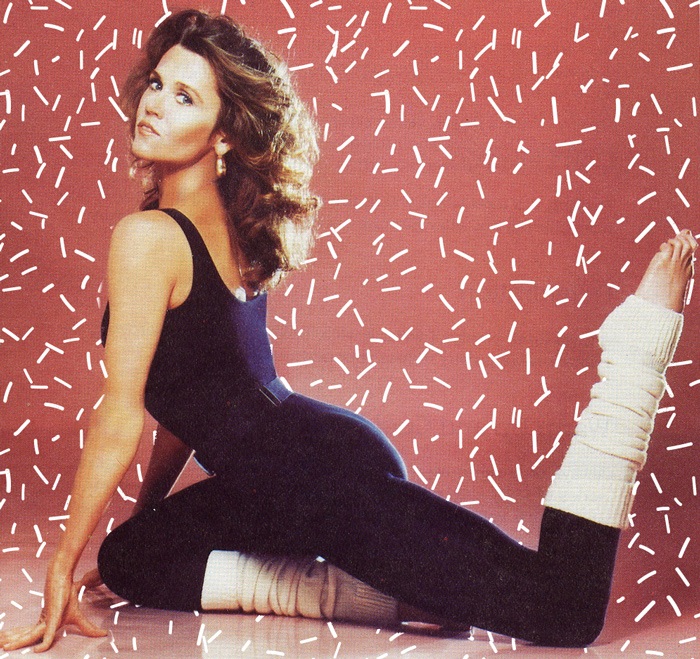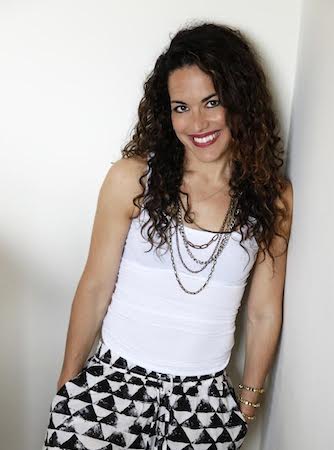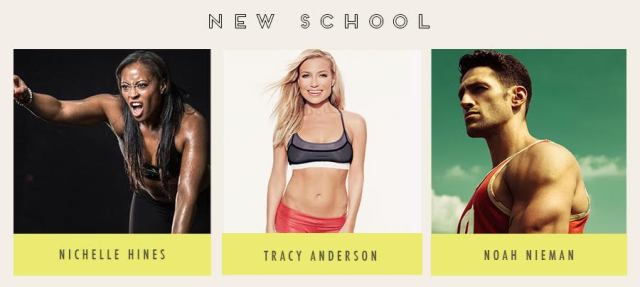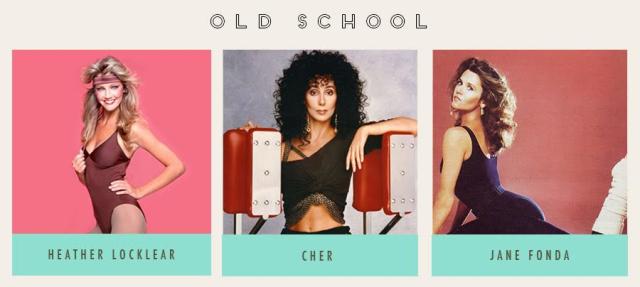The Making of the Celebrity Fitness Trainer

 Meet Well+Good’s fitness historian, Natalia Petrzela, PhD, a history professor at The New School in New York City and a premier IntenSati instructor, who shares the sweaty past with us in this new column.
Meet Well+Good’s fitness historian, Natalia Petrzela, PhD, a history professor at The New School in New York City and a premier IntenSati instructor, who shares the sweaty past with us in this new column.
SoulCycle fanatics get positively twitchy as the Monday noontime booking window nears and they face shutouts of Rique or Melanie’s sought-after sweat sessions (among initiates, no last name necessary).
Dedicated BOOTY CAMP devoteés despaired when Lacey Stone decamped to Los Angeles from New York City (but take comfort in catching her on MTV, Dr. Oz, and in sleek fashion spreads.)
HIIT-obsessed students throng the studio doors of Barry's Bootcamp for Butt and Legs days with Noah Neiman (East Coast) and Astrid Swan McGuire (West).
If the “celebrity” in “celebrity trainer” once referred to movie star-famous clients like Madonna, today the term often describes the notoriety of the trainers themselves.
Beyond racking up armies of Instagram followers and glossy gigs in the growing “fitness model” category, instructors like Nichelle Hines and Holly Rillinger are scoring reality TV deals and following in the sneakered footsteps of earlier standouts, such as Jackie Warner and Jillian Michaels, in finding fame far from the gym floor.
How did this happen? And is it really a new phenomenon?

{{post.sponsorText}}
In the '70s, when the fitness boom took hold, the job of fitness instructor held little prestige and was either a side gig—“something I could do while my kids were at school” remembered one part-time Aerobic Dancing teacher–or reserved for those “who fell into it as a consolation prize because dancing or sports didn’t work out,” as one veteran of the original #fitfam recalls.
Cal Pozo, who created the breakout “Bunnetics” program of the early 1980s, remembered that his family had supported him in pursuing a prestigious ballet career, but struggled to understand his decision to teach fitness, even as he found unquestionable success as a trainer, TV personality, and video producer.
As gyms multiplied and classes swelled, the field gained social and professional legitimacy. During the 1970s, universities began investing in exercise science and kinesiology programs. Infomercial queen of Buns of Steel fame Tamilee Webb was the first woman to graduate with a master’s degree in exercise science from Chico State’s brand-new program in 1984 and reflected that in earlier days, the only clear path open to someone passionate about fitness and physiology was that of physical education teacher. (I bet she would have taught a mean gym class!)
Beyond the academy, instructors were also taking their work, and each other, more seriously, and the alphabet soup of professional organizations still familiar to #fitpros—ACE (the American Council of Exercise); IDEA (originally the International Dance and Exercise Association); AFAA (Aerobics and Fitness Association of America)—all emerged in the 1980s and created a space where teaching fitness began to resemble a real profession.

By the late '80s and early '90s, the group fitness craze was in full swing—one count estimates 22 million Americans took aerobics during the late 1980s and one gym manager staffed up with “aerobo-cops” for crowd control before popular classes—and even back then it was all about the instructor. “No Substitute Teachers!” announced a New York Times headline in 1995.
The mainstream media ran countless pieces about the depth of students’ obsessions with particular instructors—one portrayed as making his way to the front row at any cost, another who stood up his wife up on date night to make class.
Patricia Moreno, who taught at the famed Jeff Martin Studio on the Upper West Side in the late 1980s and ‘90s (and was often the subject of such stories!), recalls lines around the corners to score a front-row spot, receiving gifts from students, and the generous sponsorships from apparel companies.
Nonetheless, teaching fitness persisted as a subculture to those outside of it: “So when are you going to get a real job?” Moreno remembers her family asking, even as she graced magazine covers and traveled the world teaching and competing. (Check out this video to get a taste of that under appreciated, super choreographed world.)
A clear sign that the “celebrity instructor” in her own right had yet to fully arrive was the fact that except for Richard Simmons (and what a striped and sparkly exception he is!) many of the most popular fitness videos of the 1980s and 1990s featured famous actors, not instructors. Jane Fonda is the most famous example, of course, but Raquel Welch, Heather Locklear, Paula Abdul, and even Cher (watch here for more) starred in exercise videos while their fitpro advisers stayed behind the scenes.
If more education and professional organization have contributed to how devotedly we follow today’s exercise elite, so too has a deliberate emphasis by certain brands on cultivating instructors with “star quality.” Tracy Anderson, who made her household name training Hollywood clients such as Gwyneth Paltrow and Madonna, famously seeks in new hires a dance background, above any formal fitness training. SoulCycle unapologetically prizes performer status of a potential instructor over cycling experience; a top SoulCycle trainer commented, “I can teach anyone to ride a bike.”

That entertainment enhances a workout is obvious; Jazzercise founder Judi Sheppard Missett figured that out four decades ago when she sought out “presence” and “ability to perform” among instructor aspirants. In fact, Missett may well have been the first celebrity fitness instructor. One attendee to a Jazzercise convention recounted “lines of Jazzercise girls ooh-ing and aah-ing in their leg warmers when it came through on someone’s earpiece that the Judi was about to enter and teach.”
Such instructors have also justified giant student followings for their healthy, life-changing work. The New York Times recently covered the funeral of renowned Westchester barre star Debbie Frank, which overflowed with 600 mourners, a fittingly packed farewell for an instructor revered for decades by her toned followers (who actually claim they can spot a “Debbie Frank body” from afar).
There’s no doubt that turning trainers into icons is a sign of a society that takes health and fitness seriously. And compared to many of the others we call stars (hello, the cast of any reality TV show), these celebrities of sweat are inspiring us to live a little (okay, a lot) better.
Also trending in fitness history conversations, sex and yoga—a controversial connection that continues today, the surprising history of women, jogging, and the "Liberator" running shoe, and wacky places called slenderizing salons...
Loading More Posts...